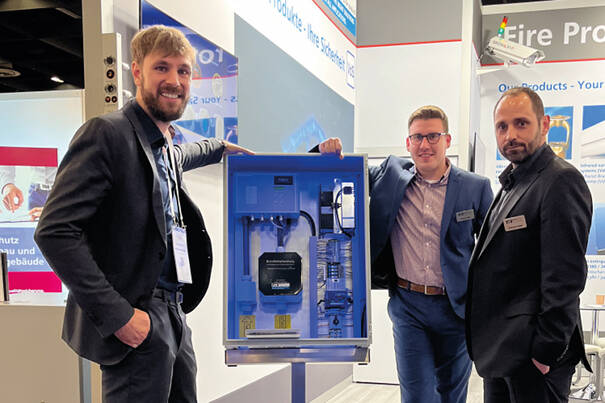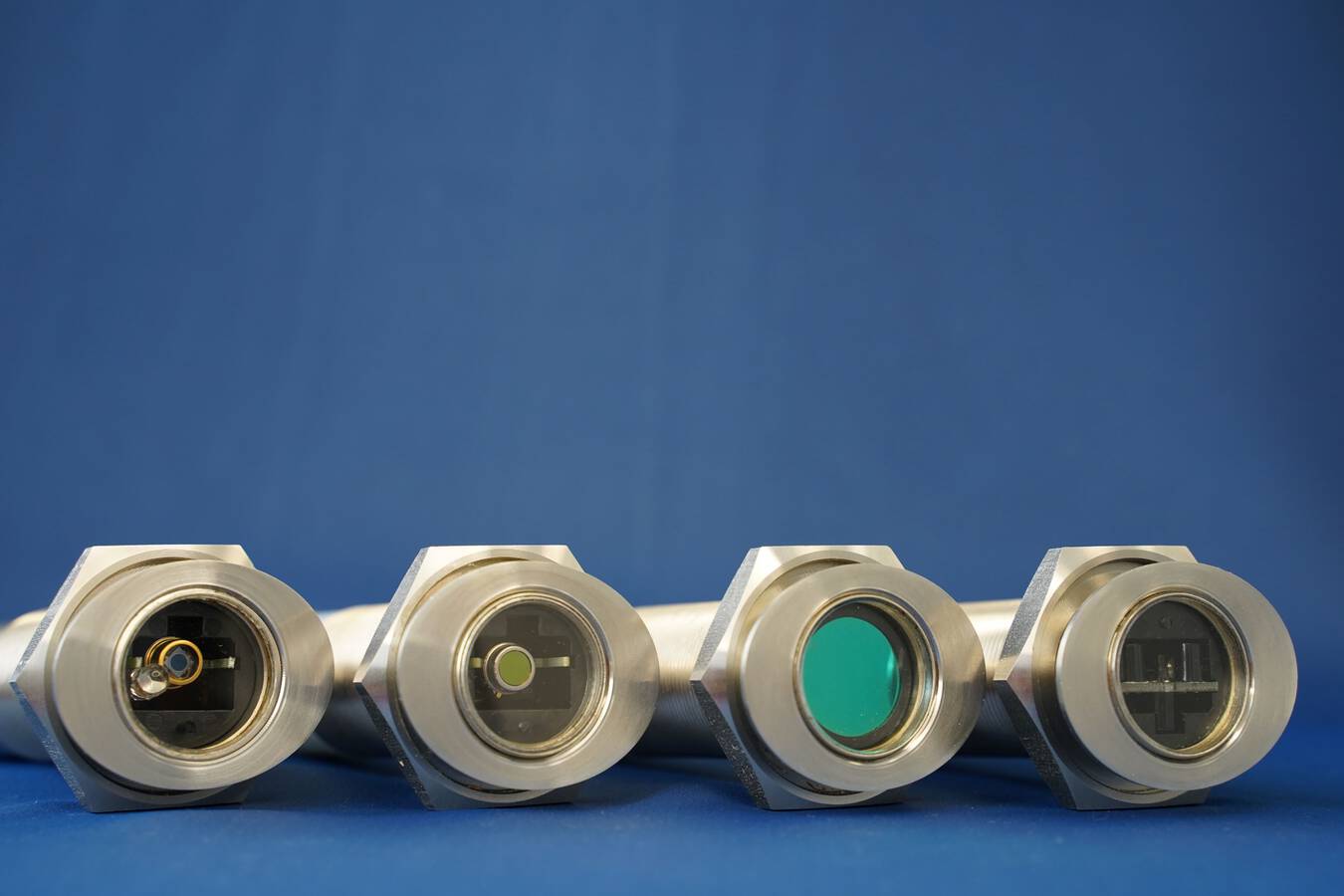Preventive fire protection for shredders
Causes of fire in recycling are complex. Veolia has identified the main risks in the process and ensured effective fire protection in its own plants.
Veolia relies on T&B’s holistic protection concept to reduce fires in plants.
We regularly read about devastating fire incidents in the recycling industry that destroy an entire plant and often threaten the continued existence of the company.
Leading recycling companies have therefore had an internal damage management system in place for several years. The aim is to determine the causes of fire incidents and develop suitable countermeasures.
Evaluations at Veolia, the global market leader in the areas of waste disposal, energy and water, have shown that shredders are a key risk area for fires. In Germany, the Veolia Umweltservice Group operates around 70 waste sorting and recycling plants with a total of over 150 pre- and post-shredders in operation.
Main causes precisely identified
The main causes of fires at and in shredders are impurities and faulty waste in the delivered waste. Most noticeable are pressurized containers, highly flammable liquids and pyrotechnics. However, lithium-ion batteries and rechargeable batteries cause the biggest problems. If they are not disposed of properly by consumers, they end up in mechanical processing/crushing during the recycling process. Here, violent exothermic reactions are to be expected which, in combination with the other high-calorific materials in the material stream, pose a serious fire hazard.
Lithium-ion batteries and rechargeable batteries pose an unpredictable risk in this respect: due to their modular structure of individual cells arranged in a row, the battery or rechargeable battery does not yet reach thermal runaway immediately due to partial damage - and therefore only reaches a moderate surface temperature in the shredder discharge. This risk is therefore transferred to downstream processes, where the full exothermic reaction in the form of thermal runaway can be triggered by the slightest further stress.
New safety concept
Veolia therefore opted for a pragmatic concept that prevents fires in and around shredders without interfering too much with operational processes. Together with T&B electronic GmbH, a fire protection specialist from Alfeld, a complex, effective protection concept against the identified fire risks was developed. Dr. Mattias von Harten, then working in operational project management at Veolia, played a leading role. ”Our data and experience from several years of observation have shown that the mechanical energy input at shredders is responsible for the majority of fire incidents. This effect occurs on both pre- and post-shredders,” says von Harten.
Dr. von Harten is convinced of the holistic approach and the effectiveness of the T&B concept: ”The high level of consulting expertise and the extensive fire protection know-how of T&B became clear after the first discussions.”
The result is a complex and effective protection concept that significantly reduces the impact of fire incidents on shredders. This has already been confirmed by experience with the first systems installed.
The protection concept prevents precisely such incidents. All critical ignition potentials are detected and extinguished at an early stage directly behind the shredder using suitable detection technology.
High-performance glowing nest detectors and hot particle detectors cover the entire surface of the material flow at several points on the discharge conveyor and detect even the smallest ignition potentials such as small, pre-damaged lithium-ion batteries or rechargeable batteries in the form of button cells.
This high-tech detection is supplemented by flame detectors in the inlet of the shredder and at the end of the discharge conveyor. In this way, fires with open flames are also reliably detected. In addition to these detectors, several manual buttons are included in the protection concept so that operators also have the option of manual activation.
The second key component of the protection concept is the highly efficient extinguishing system, which ensures that the entire shredding process is extinguished across the board. An intelligent control center can use the signals reported by the detectors to decide autonomously how long the extinguishing time must be maintained. If signals from the detectors are still present after a parameterized extinguishing time, the extinguishing time is automatically adjusted.
Shutdown matrix for internal safety standards
The individual shutdown matrix, which both partners created together, is also important for the overall concept. Key Account Manager Jannis Lange from T&B explains: ”You can’t extinguish a thermally continuous lithium-ion battery even if you use large quantities of water. You can only cool the battery to such an extent that it does not ignite any other materials in the material flow. It is therefore essential to stop the process and alert trained personnel from the plant operator so that the removal of the affected material can be initiated.”
Veolia and T&B therefore attached great importance to both the shutdown matrix and the training of staff on site. ”The only way to successfully integrate the developed concepts in the long term is to raise the awareness of staff in regular training sessions, both on general fire protection and specifically on the installed system technology,” Veolia and T&B agree.
A number of plants have now been successfully equipped with the protection concept. The investment has already paid off several times over at some sites – the equipping of further shredders at Veolia sites in Germany will therefore be continued.

